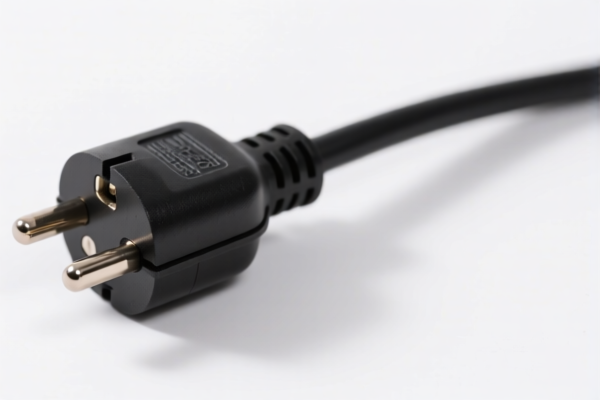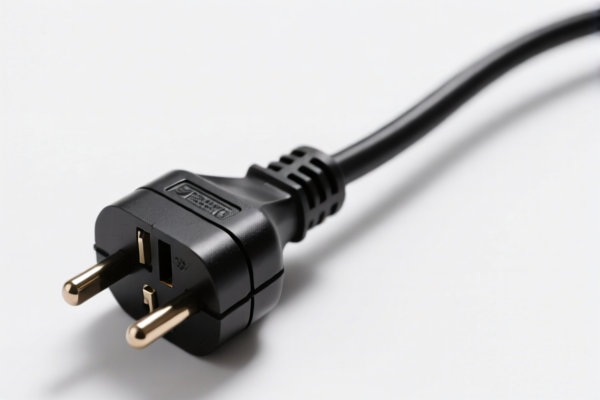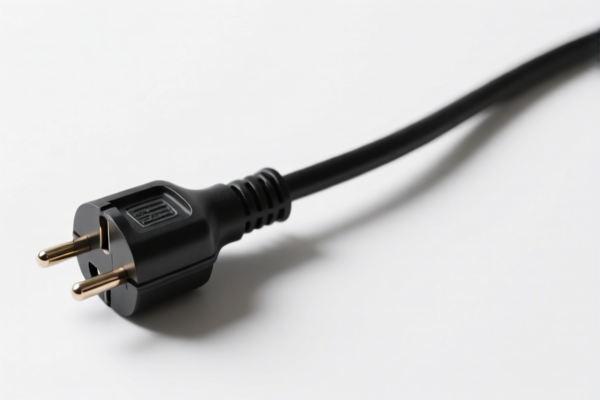| HS Code | Official Doc | Tariff Rate | Origin | Destination | Effective Date |
|---|---|---|---|---|---|
| 8544429010 | Doc | 57.6% | CN | US | 2025-05-12 |
| 8487100040 | Doc | 55.0% | CN | US | 2025-05-12 |
| 8487100080 | Doc | 55.0% | CN | US | 2025-05-12 |




Extension
An extension is a software component that adds specific functionalities to an existing program. Extensions are designed to extend the capabilities of a core application without altering its fundamental code. They offer a modular approach to software development, allowing users to customize and enhance applications to suit their individual needs.
Material
Extensions are typically written in programming languages compatible with the host application. Common languages include:
- JavaScript: Predominantly used for browser extensions and many application extensions due to its widespread web technology support.
- C++: Often employed for performance-critical extensions, particularly in applications like image editors or operating systems.
- Python: Used in applications like text editors, IDEs, and data science tools due to its scripting capabilities and extensive libraries.
- Other languages: Depending on the host application, extensions can also be written in languages like C#, Java, PHP, and more.
Purpose
The primary purpose of extensions is to:
- Add Features: Introduce new functionalities not originally included in the core application.
- Customize User Interface: Modify the appearance and behavior of the application to enhance usability.
- Integrate with Other Services: Connect the application to external services and APIs.
- Automate Tasks: Streamline repetitive processes and improve workflow efficiency.
- Enhance Security: Provide additional security features and protection against threats.
Function
Extensions function by utilizing the host application’s Application Programming Interface (API). The API defines a set of rules and protocols that allow extensions to interact with the application's core components. Extensions typically include:
- Background Scripts: Processes that run independently of the user interface, often handling data management or communication with external services.
- User Interface Elements: Components that modify the application's appearance or add new controls.
- Event Listeners: Code that responds to specific events within the application, such as button clicks or page loads.
- Content Scripts: (Primarily in browser extensions) Code that runs within the context of web pages, allowing extensions to manipulate web content.
Usage Scenarios
Extensions are widely used in various applications, including:
- Web Browsers: Ad blockers, password managers, language translators, note-taking tools, and developer tools.
- Text Editors & IDEs: Syntax highlighting, code completion, linting, debugging tools, and version control integration.
- Image Editors: Filters, effects, plugins for specific file formats, and automation scripts.
- Operating Systems: Shell extensions, file system extensions, and desktop customization tools.
- Productivity Software: Task management integrations, email enhancements, and calendar features.
Common Types
- Browser Extensions: Add functionality to web browsers (e.g., Chrome Extensions, Firefox Add-ons).
- VS Code Extensions: Enhance the functionality of the Visual Studio Code IDE.
- Plugins: Often used in applications like image editors or audio software to add specialized features.
- Add-ins: Commonly used in productivity software like Microsoft Office to integrate with external services.
- Themes: Modify the visual appearance of an application.
- Content Blocking Extensions: Filter unwanted content, such as advertisements or tracking scripts.
Based on the provided information, the declared goods "extension" can be classified under the following HS codes:
- 8544429010: This HS code covers Insulated (including enameled or anodized) wire, cable (including coaxial cable) and other insulated electric conductors, whether or not fitted with connectors; optical fiber cables, made up of individually sheathed fibers, whether or not assembled with electric conductors or fitted with connectors: Other electric conductors, for a voltage not exceeding 1,000 V: Fitted with connectors: Other Extension cords as defined in statistical note 6 to this chapter. This code specifically includes extension cords.
- 85: Electrical machinery and equipment and parts thereof; sound recording or reproducing apparatus, television-image transmission or reproduction apparatus, and parts and accessories of such articles.
- 44: Electric conductors.
- 429010: Other electric conductors, for a voltage not exceeding 1,000 V, fitted with connectors, specifically extension cords.
The applicable tax rate details are: a basic tariff of 2.6%, an additional tariff of 25.0%, and an additional tariff of 30% after April 2, 2025, resulting in a total tariff of 57.6%.
Please note that this HS code applies to extension cords as defined in statistical note 6 to this chapter.
Customer Reviews
No reviews yet.